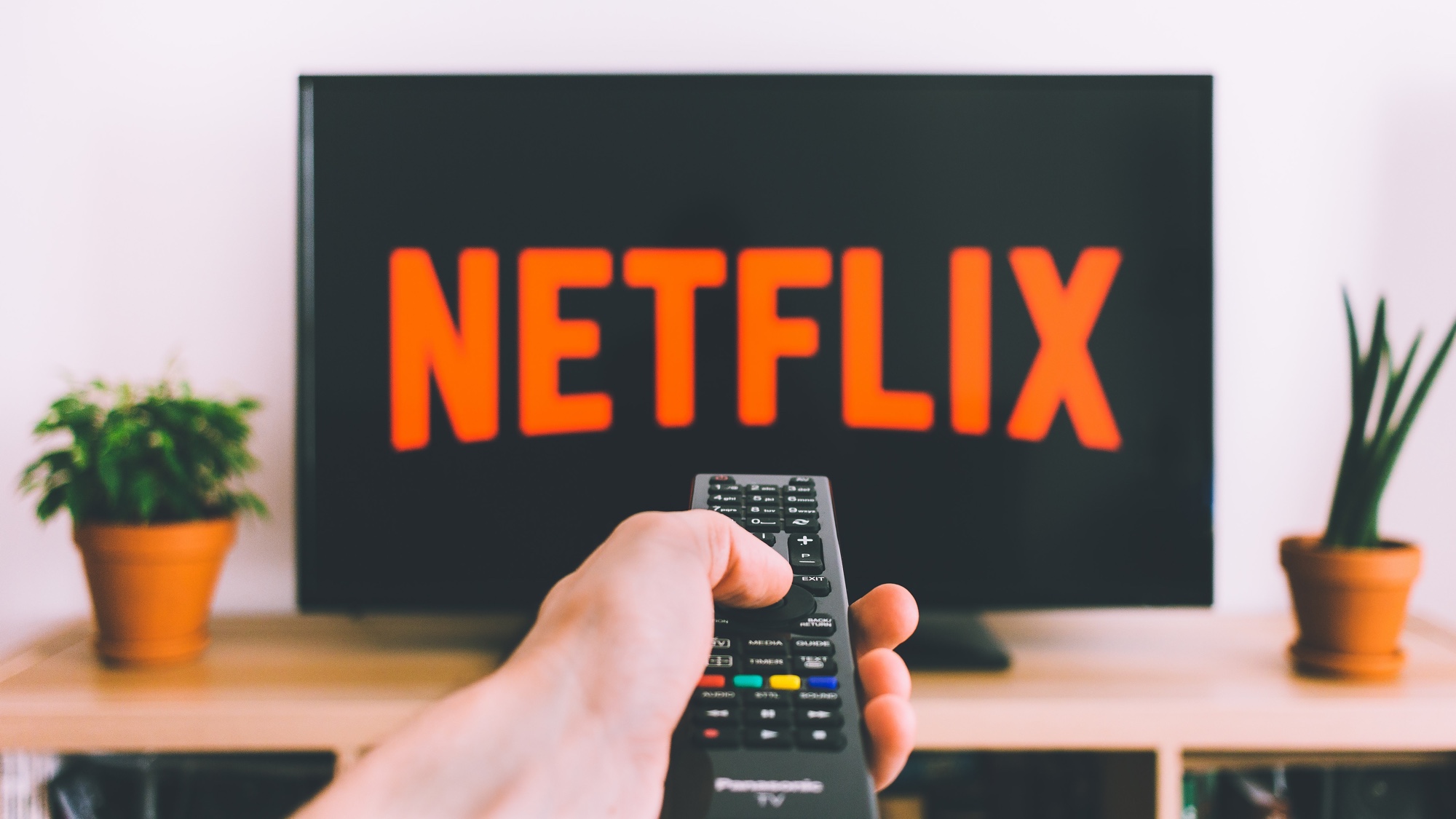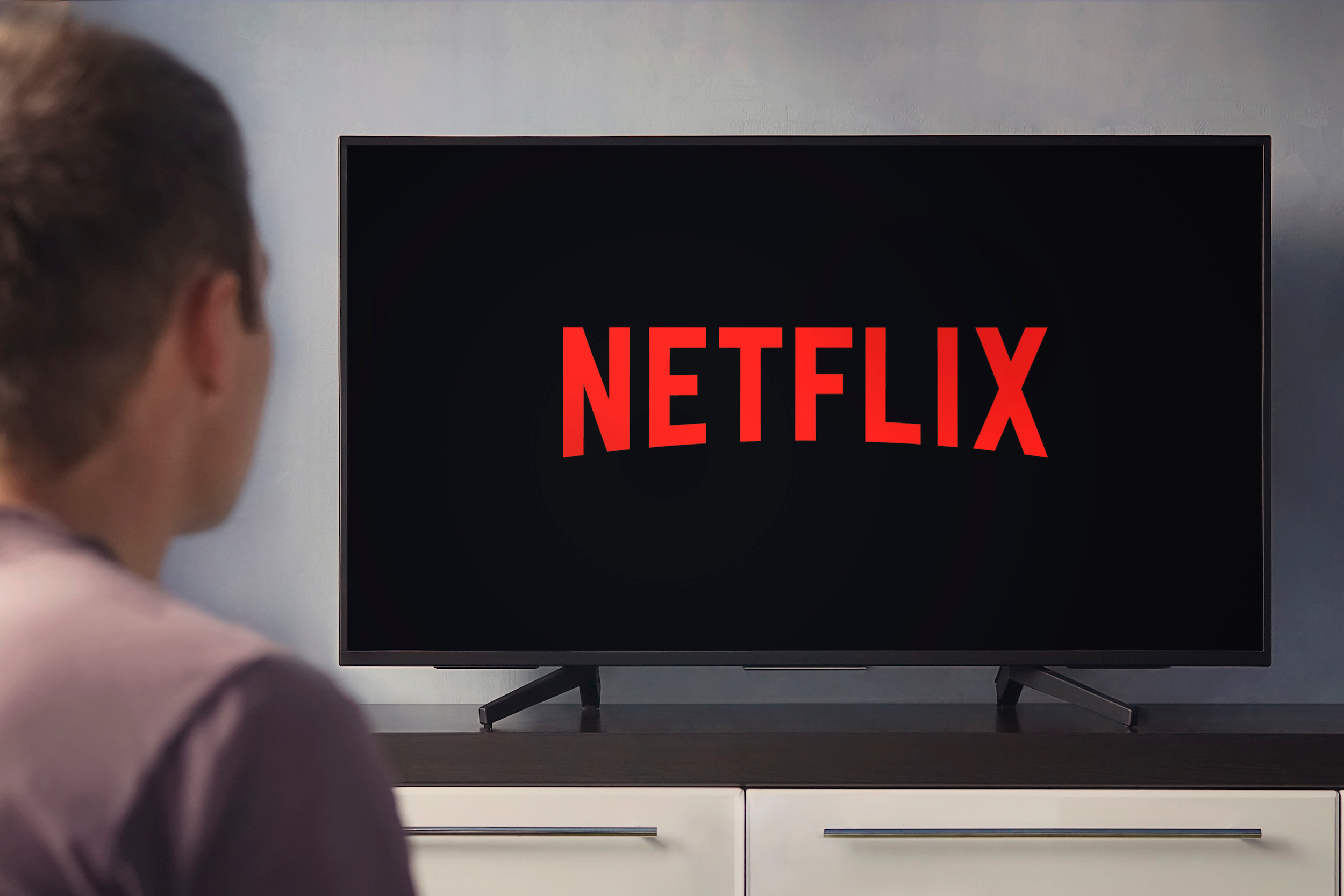Netflix doesn't actually have a price hike problem — here's why
You won't give up big red streaming machine

If I can borrow a phrase from Jesse Pinkman in Breaking Bad, Netflix "can’t keep getting away with it."
I’m not referring to the streamer’s habit of cancelling shows after a single season or its obsession with running its biggest hits into the ground, I’m talking about the service's constant price hikes.
Just last month Netflix raised prices, announcing that the monthly cost of a standard subscription would be rising to $15.49 from its previous price of $13.99. That’s just for a standard plan as well, if you want 4K content you now need to cough up $19.99, a $2 increase.
These might seem like small increases, but they put Netflix into a price bracket that it’s higher than all of its main competitors. (And do bear in mind that according to Roland Moore-Colyer, the best new show of 2022 isn't on Netflix.) In the mainstream content subscription market, Netflix has priced itself above the rest. Yet, the general sentiment towards the increase seemed to be slight grumbling followed by an almost instant acceptance.
Far from a wave of people furiously cancelling their account, most Netflix subscribers were more interested in The Tinder Swindler and the prosperously titled The Girl in the House Across the Street From the Girl in the Window. And this shouldn't be surprising anyone. For starters, Netflix has done it for a while:
Netflix pricing over time
| Row 0 - Cell 0 | Basic | Standard | Premium |
| April 2013 | n/a | $7.99 | $11.99 |
| April 2014 | $7.99 | $8.99 | $11.99 |
| Oct. 2015 | $7.99 | $9.99 | $11.99 |
| Oct. 2017 | $7.99 | $10.99 | $13.99 |
| Jan. 2019 | $8.99 | $12.99 | $15.99 |
| Oct. 2020 | $8.99 | $13.99 | $17.99 |
| Jan. 2022 | $9.99 | $15.49 | $19.99 |
The math doesn’t favour Netflix
But, seriously, when it comes to cost, Netflix is out of front of all its competitors. The table below breaks down the cost of the best streaming services available, and the math really isn’t kind to Netflix.
Netflix vs the field: Monthly pricing
| Header Cell - Column 0 | Standard | Basic (or ad-supported) | Premium |
|---|---|---|---|
| Netflix | $15.49 | $9.99 | $19.99 (4K) |
| Disney Plus | $6.99 | N/A | N/A |
| HBO Max | $14.99 | $9.99 | N/A |
| Prime Video | $14.99 | N/A | N/A |
| Apple TV Plus | $4.99 | N/A | N/A |
| Hulu | $12.99 | $7 | N/A |
| Paramount Plus | $9.99 | $4.99 | N/A |
| Peacock | $4.99 (w/ads) | Free (less content) | $9.99 (no ads) |
In fact, the difference in price between Netflix and its rivals really come into focus when you start to look at bundles. For example, a month of 4K Netflix premium ($19.99) costs the same as Disney Plus, ad-free Hulu and ESPN Plus ($19.99).
Get instant access to breaking news, the hottest reviews, great deals and helpful tips.
For the same price as Netflix’s premium package you can also get Paramount Plus Premium and Showcase bundled together and still have enough left over to get Apple TV Plus as well. That’s a pretty wide range of content across three diverse platforms for the same cost as just Netflix with 4K streaming.
Making the number even worse for Netflix is that it's one of the few streaming services to charge for access to 4K content. The likes of Disney Plus and Apple TV Plus, throw in Ultra HD streaming at no additional cost, but if you want to watch The Witcher or Stranger Things in 4K it’ll cost you extra.
Even in the non streaming space, a monthly subscription to Premium Netflix costs more than signing up to the likes of Spotify ($9.99) for music, Marvel Unlimited ($9.99) for comics and Amazon Prime ($14.99) for, well, just about everything Amazon offers.
How can Netflix get away with a higher price?

Despite the above price comparison, I’d wager that when the majority of Netflix subscribers learned of the service’s latest price increase the idea of cancelling didn’t even cross their mind.
This was certainly the experience of Paul Dergarabedian, senior media analyst for Comscore, who told me he "got a notification saying your Netflix subscription is going up and I just deleted it because I’m not going to get rid of Netflix." It’s an experience likely echoed across the country by millions of Netflix subscribers. But why is that?
"Price considerations are always there, as a consumer of anything you’re always price sensitive, but Netflix has become almost like a utility. People can’t live without it, almost like electricity or water," explains Paul.
While Netflix may not be an essential service for everyday life, it’s certainly starting to feel somewhere in that ballpark. As Paul points out, "If you want to be at the virtual watercooler and not have FOMO you need to be watching Netflix."
When even your parents are talking about Squid Game and Bridgerton (which appeared at the Galaxy Unpacked event of all places), having a subscription is almost mandatory if you don’t want to get left out of the conversation.

There’s the Covid-19 factor to consider as well. There’s no denying that over the last two years streaming services have taken on an even more important role in our lives. The demand for at home entertainment has sky rocketed. This has emboldened services like Netflix, and placed them in a position of greater power.
However, this doesn’t mean that people are willing to pay whatever Netflix is charging without a second thought. “People are still price sensitive, but they’re also content sensitive,” says Paul. “Netflix is aiming to become so essential to their customers that they look to trim the fat somewhere else in the budget.” It looks like it’s already there.
Netflix can keep getting away with it
I may have opened this article with a grand declaration that Netflix can’t keep getting away with price increases, but in reality the service probably can. For the majority of subscribers spending an evening consuming the latest Netflix original is viewed as a part of daily life now.
Sure, competing services may offer smaller monthly fees and additional perks like 4K content at no extra cost, but Netflix has achieved such a critical position within the cultural zeitgeist that regular price increases won’t knock it from its perk.
The company currently boasts 222 million subscribers, and so long as it can keep churning out original content that dominates social media, then it’s hard to see that number decreasing in the foreseeable future. Even if the price once again increases sooner rather than later, most subscribers won't be switching off.

Rory is a Senior Entertainment Editor at Tom’s Guide based in the UK. He covers a wide range of topics but with a particular focus on gaming and streaming. When he’s not reviewing the latest games, searching for hidden gems on Netflix, or writing hot takes on new gaming hardware, TV shows and movies, he can be found attending music festivals and getting far too emotionally invested in his favorite football team.
